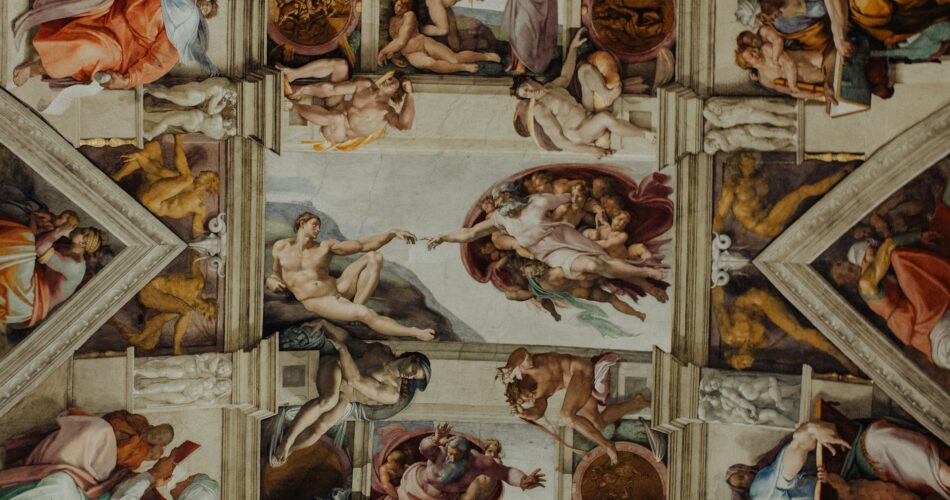She’s making a big deal out of nothing.
According to author Robin DiAngelo, renowned for her work on antiracism and “whiteness studies,” Michelangelo’s iconic fresco in the Sistine Chapel symbolizes a convergence of white supremacy and patriarchy. In a recent interview on the podcast “Not Your Ordinary Parts,” DiAngelo discussed her interpretation of the artwork, specifically referencing the portrayal of God creating man. However, she mistakenly referred to Adam as David.
In her analysis, DiAngelo highlighted the racial and gender dynamics depicted in the artwork, noting that God, Adam, and the surrounding angels are all depicted as white. This, she argued, reflects a deep-rooted societal bias towards whiteness as the ideal race and reinforces structures of white supremacy and patriarchy.
Drawing from her own upbringing in the Catholic faith, DiAngelo emphasized how exposure to such imagery from a young age can perpetuate the normalization of white superiority. She discussed her personal experience of viewing similar depictions in church and how, as a result, the notion of a white God became ingrained in her perception without question.
DiAngelo’s insights stem from her broader thesis on “white fragility,” a concept she introduced in her influential book of the same name. In it, she explores the defensive reactions that white individuals often exhibit when confronted with discussions about race, arguing that white identity is inherently tied to systems of racism and supremacy.
Despite her academic contributions, DiAngelo has faced criticism, particularly regarding her hefty speaking fees and financial gains from her work. Nevertheless, her analysis of Michelangelo’s “Creation of Adam” offers a thought-provoking perspective on the intersection of art, race, and power dynamics.
Michelangelo’s masterpiece, created in the early 16th century, continues to be a subject of scholarly debate and interpretation. While some art critics have suggested symbolic elements such as the shape of God’s cloak resembling the human brain and the presence of Eve alongside Adam, DiAngelo’s focus on the racial and patriarchal dimensions adds a contemporary lens to the ongoing discourse surrounding this iconic artwork.
